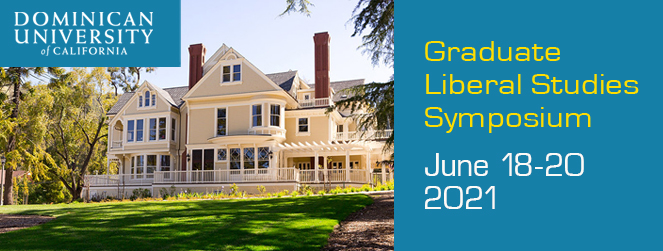Cannery Women, Work, and War
Major Field of Study
Masters of Liberal Arts
Location
Dominican University of California (online)
Start Date
19-6-2021 10:30 AM
End Date
19-6-2021 11:30 AM
Abstract
Presentation: “Cannery Women, Work, and War”
Description: From the early 1900s, the fishing and canning industries of Monterey, CA drew immigrants from fishing communities around the globe. Living and working together, women of different national and ethnic origins formed a cohesive community, sending their children to the same schools and shopping at the same markets. By 1939, Monterey was the third largest port for fish tonnage in the world. The bombing of Pearl Harbor changed everything. The United States government removed “enemy aliens” from coastal areas, dislocating families and disrupting fishing and canning operations, while demanding increased production. Adding to the challenge, the government requisitioned fishing boats for war and recruited fishermen to fight in the military. Nonetheless, the community of women rallied to support the new common goal: feeding soldiers. High school girls, soldier’s wives, and women who had never worked outside their homes all volunteered on the cannery lines to supply WWII soldiers with portable protein and to meet the demands of war.
Cannery Women, Work, and War
Dominican University of California (online)
Presentation: “Cannery Women, Work, and War”
Description: From the early 1900s, the fishing and canning industries of Monterey, CA drew immigrants from fishing communities around the globe. Living and working together, women of different national and ethnic origins formed a cohesive community, sending their children to the same schools and shopping at the same markets. By 1939, Monterey was the third largest port for fish tonnage in the world. The bombing of Pearl Harbor changed everything. The United States government removed “enemy aliens” from coastal areas, dislocating families and disrupting fishing and canning operations, while demanding increased production. Adding to the challenge, the government requisitioned fishing boats for war and recruited fishermen to fight in the military. Nonetheless, the community of women rallied to support the new common goal: feeding soldiers. High school girls, soldier’s wives, and women who had never worked outside their homes all volunteered on the cannery lines to supply WWII soldiers with portable protein and to meet the demands of war.



Presenter Biography
Kim Gudmundson graduated from the Stanford MLA program. Kim initially conducted research on civil rights, healthcare and education at think-tanks on both coasts, and later worked in human resources, communications and management development at technology companies in the Silicon Valley. Kim feels fortunate to have participated in Stanford’s MLA.